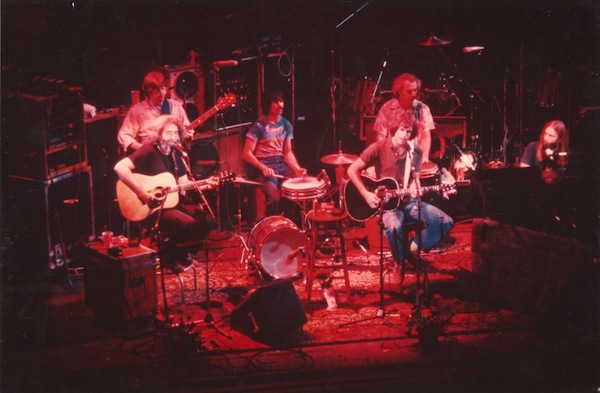After playing Bensonhurst in 1970, Grateful Dead kept on truckin’

With the Dodgers’ departure in 1957, coupled with flocks of Brooklynites fleeing to suburbia and beyond, the borough for many years fell into somewhat of a slide. More recently, though, this situation has been thoroughly reversed. Professional baseball is back, albeit on the minor league level, but we now also have an NBA team and in the very near future the Islanders will represent us in the NHL. Hotels have been built or refurbished, neighborhoods revitalized, and the Queen Mary II now even docks here in Red Hook.
Just a short while ago, concertgoers who live in Brooklyn had to leave the borough to see major acts. For the larger shows they could visit Madison Square Garden, Newark’s Prudential Center, and Nassau Coliseum on Long Island. In warm weather, they might choose to head to Jones Beach or the PNC Bank Arts Center in New Jersey. But today, a car is no longer needed to get Brooklynites to shows, as multiple subway lines can easily get one to the Barclay’s Center on Flatbush Avenue, and for outdoor events to the Cyclones’ home in Coney Island.
Prior to the opening of Brooklyn’s new venues, Manhattan provided settings for smaller shows. Among the most notable of these venues are the Beacon Theater and, in the East Village, Bill Graham’s legendary Fillmore East, which closed in 1971. Brooklyn’s early rock venues, the Fox and Paramount, are also long gone. There was one short-lived and notable exception to this state of affairs, however: there was a concert space in Brooklyn known as the 46th Street Rock Palace, which later was called Bananafish Garden.